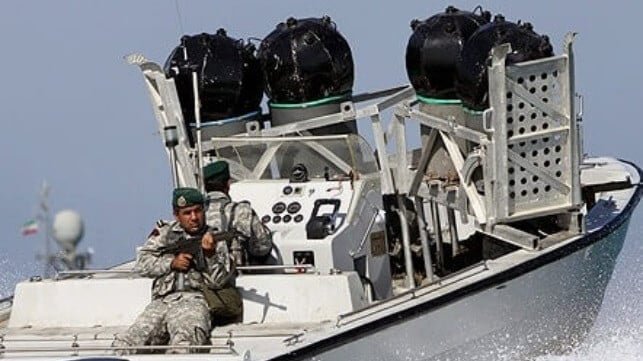The Potential Threat of Iranian Mines in the Strait of Hormuz
Recent reports have indicated that Iran’s naval forces were loading mines in preparation for a possible closure of the vital shipping lane, the Strait of Hormuz. While the closure did not materialize, the mere act of loading mines raises concerns about Iran’s willingness to disrupt global trade and its own diplomatic and economic interests.
The significance of mine warfare in the context of the global economy cannot be understated. The strategic location of the Strait of Hormuz, through which a significant portion of the world’s oil and LNG pass, makes it a crucial chokepoint. Any disruption in this area could have severe repercussions, including a spike in oil prices and disruption of global trade.
Iran’s arsenal includes various types of naval mines, ranging from bottom mines to rocket-propelled mines. These mines pose a significant threat due to their ease of deployment, low cost, and psychological impact on maritime traffic. Unlike targeted attacks using missiles or drones, mines are difficult to detect and remove, creating a sense of uncertainty and fear among ship crews.
In the event of a mining operation in the strait, Iran has the capability to deploy a large number of mines covertly using its mini-submarine fleet or surface vessels. The consequences of such an act would be severe, with marine insurers likely suspending coverage for the area, forcing tankers to halt operations and causing a significant disruption in shipping traffic.
Iran has a history of using mines in the strait, as seen during the Iran-Iraq Tanker War in the 1980s. The deployment of sea mines by Iran led to a deadly confrontation with the U.S. Navy, culminating in Operation Praying Mantis, a retaliatory strike that inflicted significant damage on Iranian naval assets.
The threat of Iranian mines in the Strait of Hormuz remains a cause for concern, given the potential impact on global trade and maritime security. It is essential for international stakeholders to remain vigilant and prepared to address any such threats to ensure the uninterrupted flow of goods and energy resources through this critical waterway.

